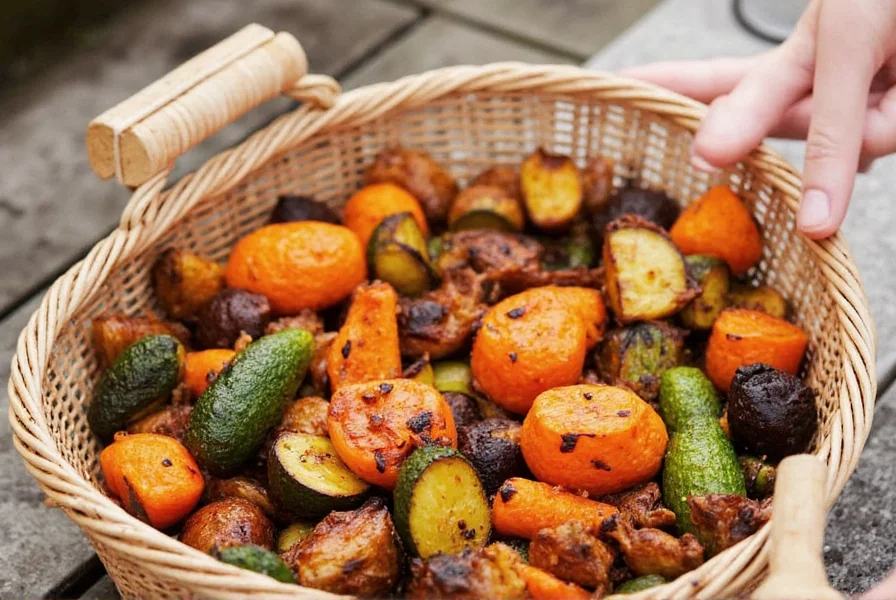
Grill Perfect Vegetables in a Basket: 5 Spice Hacks for Maximum Flavor
Struggling with veggies falling through the grill grates? You're not alone. Grilling vegetables in a basket solves this problem while creating perfectly cooked, flavorful results every time. This guide reveals expert techniques to transform your grilled vegetables from bland to extraordinary.
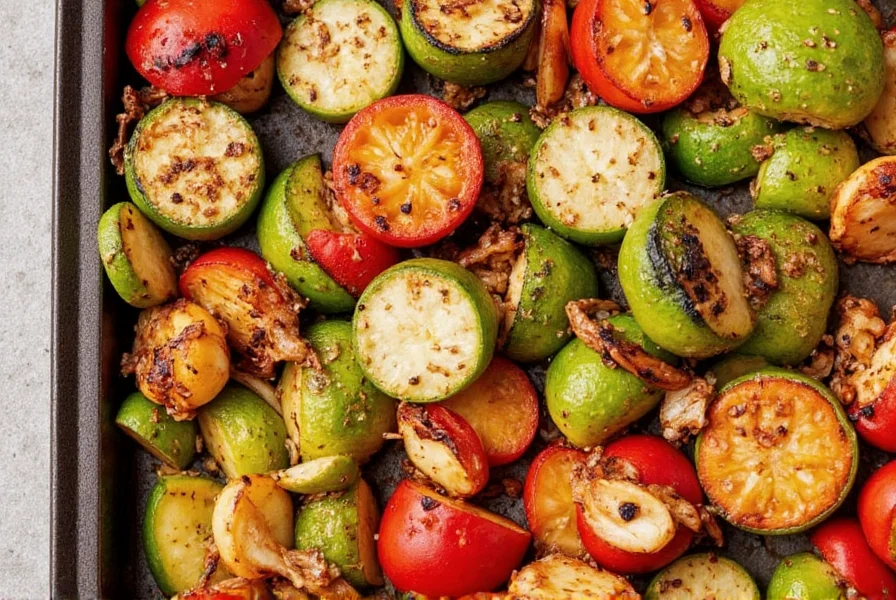
Whether you're a beginner or seasoned griller, these science-backed spice techniques will help you achieve restaurant-quality flavor with minimal effort. We'll cover everything from proper marinating to smoky finishes that will make your vegetables the star of any meal.
Hack #1: The Science of Marinating Vegetables
Proper marinating is crucial for vegetable grilling success. Unlike meat, vegetables absorb flavors differently due to their cellular structure. The right marinade creates a flavor foundation that penetrates deeply during cooking.
How to Do It:
- Slice vegetables uniformly (bell peppers, eggplant, zucchini, onions) for even cooking
- Combine olive oil, acid (like lemon juice or vinegar), salt, and spices in a bowl
- Marinate for 30-60 minutes (longer for denser vegetables like potatoes)
- Pat dry before placing in basket to prevent steaming
- Grill over medium heat (350-400°F) for optimal flavor development
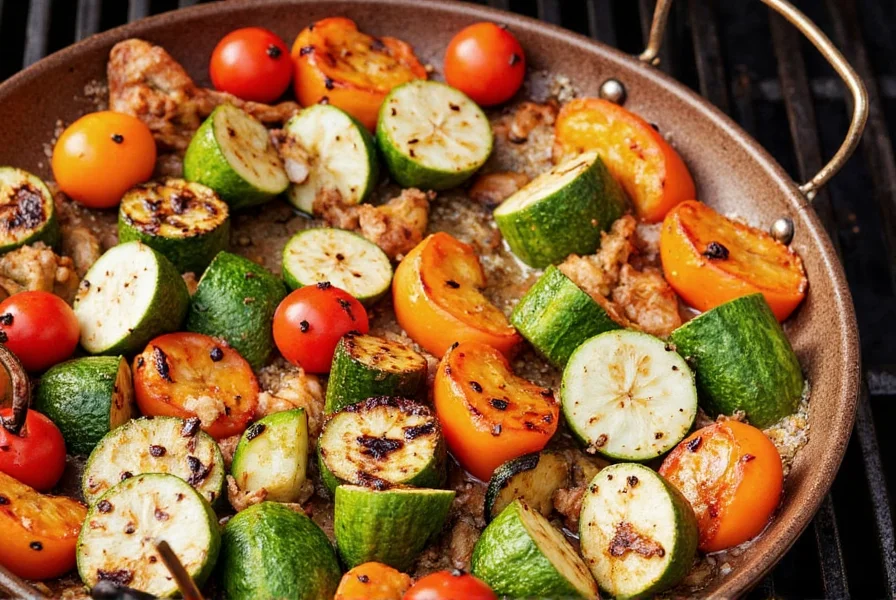
Spice Pairing Guide:
| Spice | Flavor Profile | Best Vegetable Matches | Why It Works |
|---|---|---|---|
| Smoked Paprika | Earthy, smoky, slightly sweet | Peppers, potatoes, mushrooms | Creates depth without overwhelming delicate vegetables |
| Cumin | Warm, nutty, earthy | Zucchini, squash, eggplant | Complements natural sweetness while adding complexity |
| Chili Powder | Spicy, smoky, savory | Tomatoes, jalapeños, corn | Enhances natural sugars for perfect caramelization |
| Dried Thyme | Herbaceous, lemony, woody | Carrots, parsnips, asparagus | Brings out earthy notes without overpowering |
| Rosemary | Piney, aromatic, robust | Root vegetables, potatoes | Withstands high heat while infusing flavor |
Hack #2: Spice-Infused Oils for Even Flavor Distribution
One of the biggest challenges with vegetable grilling is inconsistent seasoning. Spice-infused oils solve this by creating a flavor delivery system that coats every piece evenly.
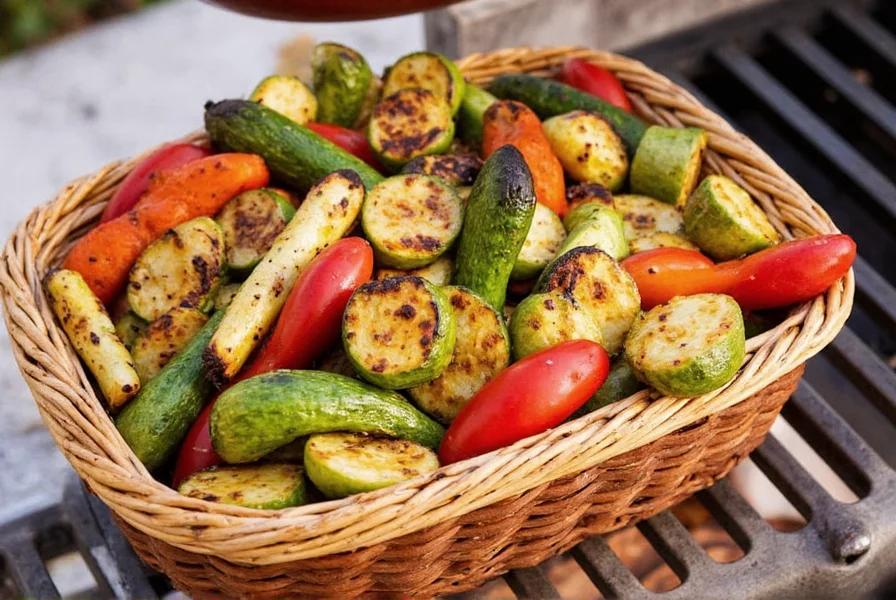
How to Make Perfect Spice Oil:
- Use high smoke-point oils like avocado, grapeseed, or refined olive oil
- Heat oil to 180°F (do not boil) to extract flavors without burning spices
- Add spices like garlic, rosemary, or chili flakes and steep for 10-15 minutes
- Strain before using to prevent burning during grilling
- Apply with a brush or spray bottle for even coverage
Pro Tips:
- For maximum flavor, infuse oils at least 1 hour before use
- Store infused oils in the refrigerator for up to 2 weeks
- Use different oils for different vegetable types for specialized flavor profiles
Hack #3: Layered Dry Rubs for Textured Flavor
Dry rubs create a delicious crust on vegetables while enhancing texture. Unlike wet marinades, dry rubs work best when applied just before grilling.
Best Dry Rub Formula:
- 2 tbsp smoked paprika (base flavor)
- 1 tbsp brown sugar (for caramelization)
- 1 tsp garlic powder
- 1 tsp onion powder
- 1/2 tsp cayenne (optional for heat)
- 1 tsp sea salt
- 1/2 tsp black pepper

Why This Works:
The sugar in the rub caramelizes beautifully on vegetables, creating a delicious crust while the spices penetrate the surface. This technique works particularly well with root vegetables and dense produce like sweet potatoes and beets.
Pairing Guide:
- Smoky Rub + Sweet Potatoes → Perfect for BBQ platters
- Lemon-Herb Rub + Asparagus → Bright and refreshing side dish
- Spicy Rub + Bell Peppers → Mexican-inspired street food style
Hack #4: Fresh Herb Finishing for Brightness
Adding fresh herbs at the end of cooking preserves their vibrant flavor and color. This technique transforms grilled vegetables from ordinary to extraordinary with minimal effort.
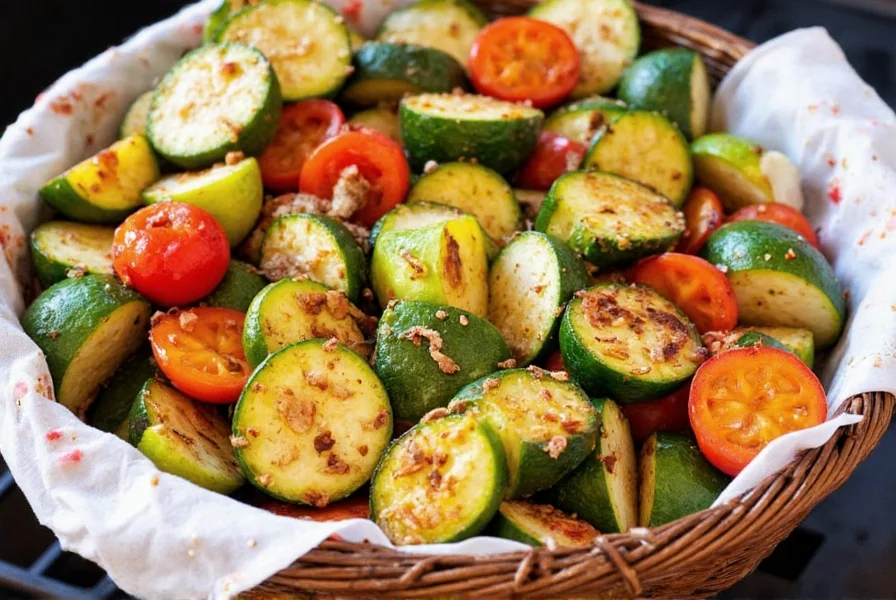
Herb Pairing Guide:
- Basil → Tomatoes, zucchini, eggplant (adds sweet, aromatic notes)
- Parsley → Most vegetables (adds freshness and color)
- Cilantro → Mexican-style veggies, corn, peppers (bright citrus notes)
- Dill → Potatoes, carrots, cucumbers (delicate, fresh flavor)
- Chives → Potatoes, corn, mushrooms (mild onion flavor)
Pro Tip:
Chop herbs just before serving to maximize flavor. For extra impact, mix herbs with a drizzle of good olive oil and a pinch of salt.
Hack #5: Smoky Finishes with Wood Chips
Adding wood smoke to grilled vegetables creates complex, restaurant-quality flavor that can't be replicated with spices alone.
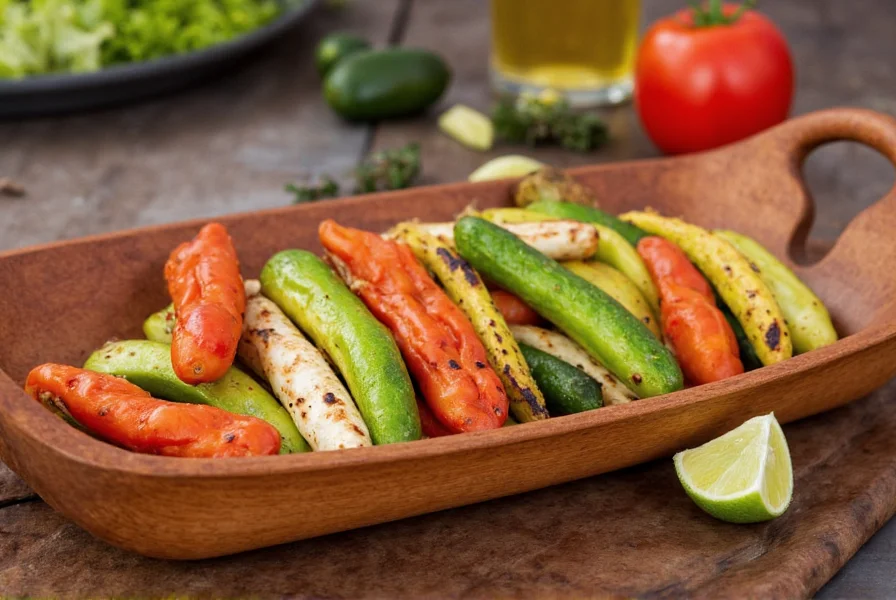
How to Add Smoke:
- Soak wood chips in water for 30 minutes
- Wrap in aluminum foil with several holes poked in the top
- Place near heat source (not directly on coals)
- Place basket over indirect heat to capture smoke
- Keep grill lid closed for maximum smoke penetration
Wood Chip Pairings:
- Applewood → Sweet vegetables (carrots, beets, sweet potatoes)
- Hickory → Root vegetables (potatoes, onions, parsnips)
- Cherry → Bell peppers, tomatoes, eggplant
- Mesquite → Strong-flavored vegetables (mushrooms, onions, peppers)
Grilling Vegetables in a Basket: Expert FAQ
How long should I grill vegetables in a basket?
Most vegetables need 8-15 minutes total grilling time, depending on thickness and density. Flip the basket every 3-4 minutes for even cooking. Softer vegetables like zucchini and bell peppers take 8-10 minutes, while denser vegetables like potatoes and carrots need 12-15 minutes. The best indicator is tenderness - they should be fork-tender with nice grill marks.
Can I use a vegetable grilling basket on a gas grill and charcoal grill?
Yes! Vegetable grilling baskets work well on both gas and charcoal grills. For gas grills, set to medium heat (around 375-400°F). For charcoal grills, use medium indirect heat. The basket provides consistent results regardless of your grill type, though charcoal will give a more pronounced smoky flavor.
Which vegetables work best in a grilling basket?
Most vegetables work well! Ideal candidates include: bell peppers, zucchini, eggplant, onions, asparagus, mushrooms, cherry tomatoes, corn (cut into rounds), and small potatoes. Avoid very watery vegetables like cucumbers or delicate greens, which may fall apart. Cut vegetables into similar sizes for even cooking.
Do I need to oil the grilling basket before use?
Yes! Lightly oiling the basket prevents sticking. Use a high smoke-point oil like canola, avocado, or grapeseed oil applied with a brush or oil mister. Don't use olive oil directly on the basket as it can burn at high temperatures. For extra protection, toss vegetables in oil before placing them in the basket.
How do I prevent vegetables from sticking to the basket?
Three key tips: 1) Make sure the basket is properly preheated before adding vegetables 2) Oil both the basket AND toss vegetables in oil before grilling 3) Don't overcrowd the basket - give vegetables space for proper heat circulation. Wait until vegetables have developed good grill marks before flipping, as they'll release naturally when ready.
Should I marinate vegetables before grilling in a basket?
Yes, marinating enhances flavor! 30 minutes to 2 hours is ideal. Too short won't absorb flavor well, too long can make delicate vegetables mushy. For best results, use oil-based marinades (not acidic ones like straight vinegar) which help prevent sticking and promote even browning. Remember to pat vegetables dry before applying dry rubs for better adherence.
How do I clean a vegetable grilling basket?
Let the basket cool completely first. Soak in warm, soapy water for 10-15 minutes to loosen stuck-on food. Use a grill brush or stiff nylon brush to clean the mesh. For stubborn residue, make a paste of baking soda and water. Avoid harsh abrasives that can damage non-stick coatings. Dry thoroughly before storing to prevent rust. Never put a hot basket in cold water as it may warp.
Can I use a grilling basket for fruits too?
Absolutely! Grilling baskets work great for fruits like pineapple, peaches, watermelon, and bananas. Use a lighter hand with seasoning - try cinnamon, nutmeg, or a honey-lime marinade instead of savory spices. Reduce heat to medium-low and watch carefully as fruits cook faster and can burn easily. Grill just until caramelized and heated through (3-5 minutes per side).
Best Vegetable Grilling Baskets: Expert Buying Guide
Not all baskets are created equal. Here's what to look for and our top recommendations for different grilling needs.
Key Features to Consider:
- Material: Stainless steel is durable and rust-resistant. Avoid flimsy aluminum that can warp.
- Handle Design: Long handles keep your hands safe from heat. Preferably insulated or wooden grips.
- Coating: Non-stick coatings make cleaning easier but may wear over time.
- Size: Choose a basket that fits your typical portion sizes (most range from 10" to 15").
- Mesh Size: Smaller mesh prevents smaller vegetables from falling through.
Top Picks Compared:
| Product | Material | Non-Stick Coating | Length | Price Range | Best For |
|---|---|---|---|---|---|
| Weber Premium Vegetable Basket | Stainless Steel | No | 13 inches | $25–$30 | Occasional grillers who value quality |
| OXO Good Grips Non-Stick Grilling Basket | Aluminum with ceramic coating | Yes | 11 inches | $18–$22 | Beginners and frequent users who prioritize ease of cleaning |
| Cuisinart Chef's Classic Grilling Basket | Heavy-duty stainless steel | No | 14 inches | $20–$25 | Experienced grillers who want durability |
| NICLORY Vegetable Grilling Basket | Cast iron coated with enamel | Yes | 12 inches | $15–$18 | Those looking for budget-friendly options |
| Char-Broil Grill Basket | Stainless steel with non-stick coating | Yes | 12 inches | $22–$28 | Those wanting a balance of durability and easy cleaning |
Must-Have Accessories:
- Long-handled tongs: For flipping and stirring veggies inside the basket
- Wire brush: To clean the basket after each use
- Oil mister or pastry brush: For quick oil application
- Wood chip smoker box: For adding professional smoke flavor
- Grill thermometer: To ensure proper cooking temperature
Conclusion: Master Vegetable Grilling with These Expert Techniques
Grilling vegetables in a basket isn't just about convenience—it's about creating restaurant-quality flavor with minimal effort. By applying these spice hacks and proper techniques, you can transform simple vegetables into a show-stopping dish.
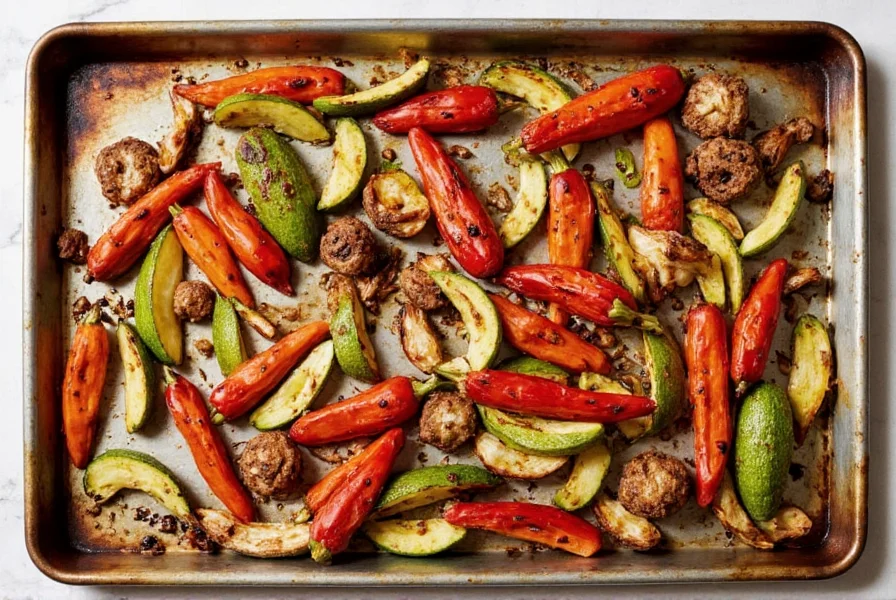
Remember: The key to perfect grilled vegetables is proper preparation, timing, and attention to detail. Experiment with different spice combinations, wood chip pairings, and cooking techniques to find what works best for your taste.
With these tips, you'll never have bland, overcooked vegetables again. Happy grilling!

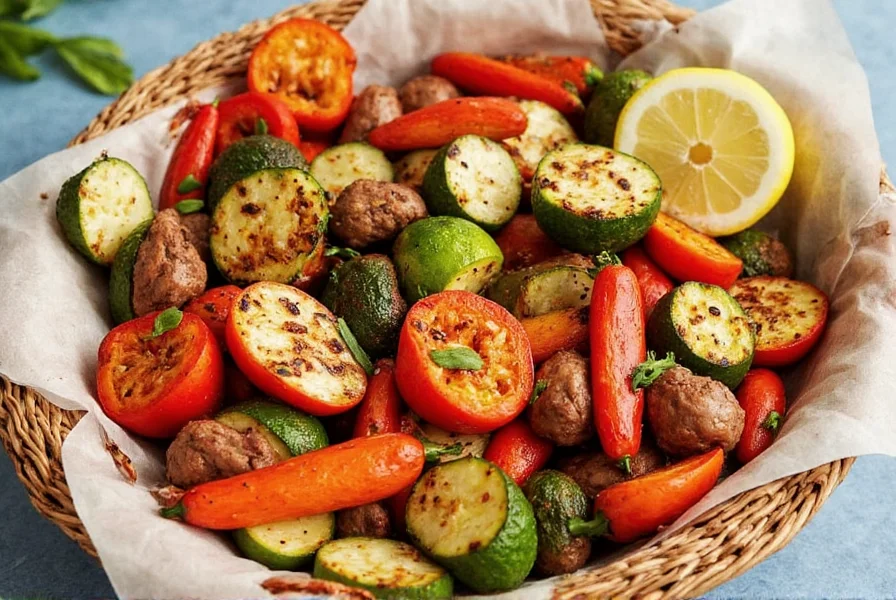









 浙公网安备
33010002000092号
浙公网安备
33010002000092号 浙B2-20120091-4
浙B2-20120091-4